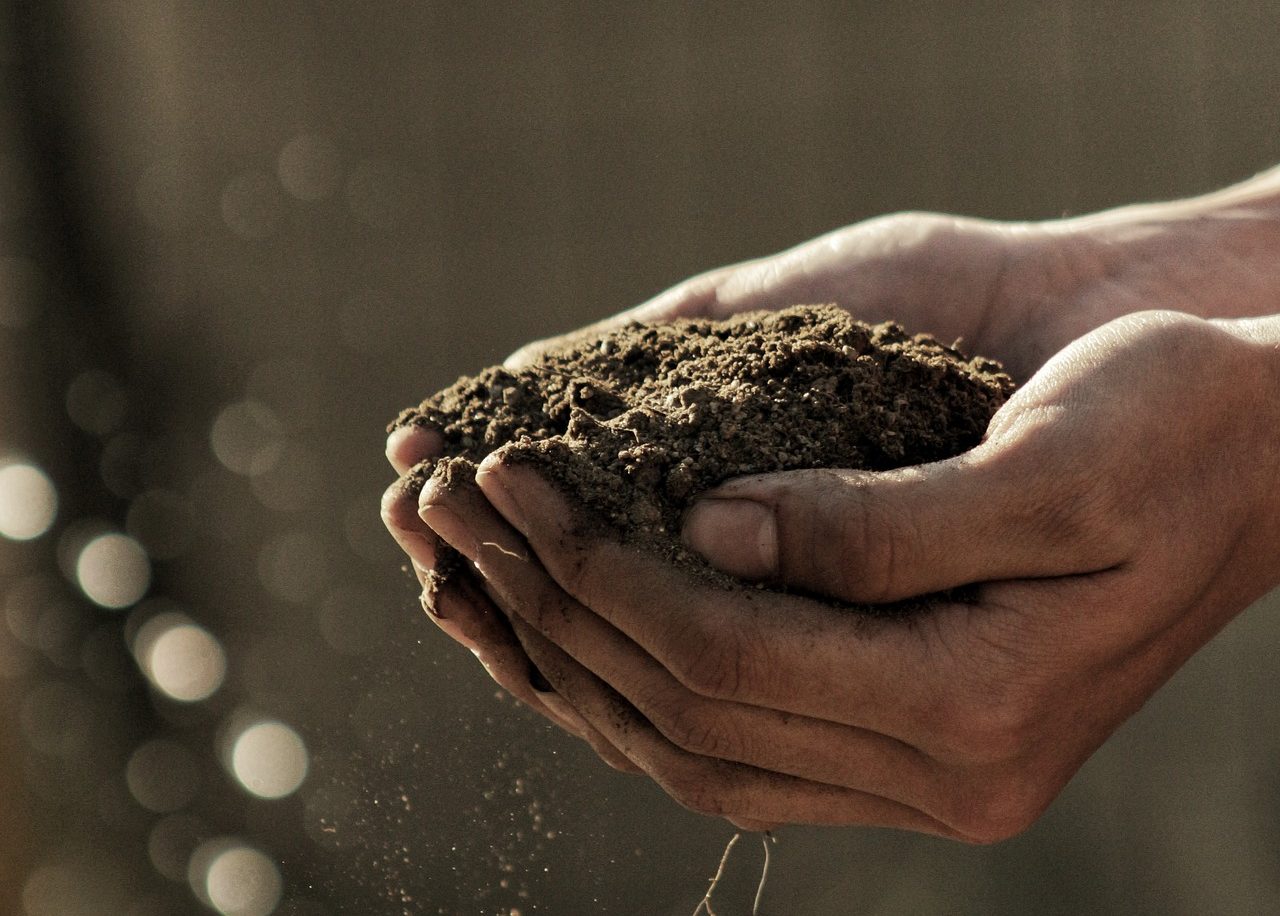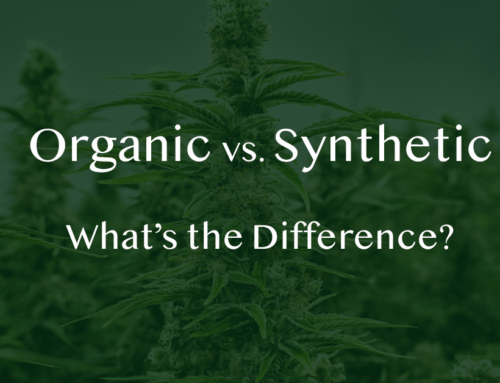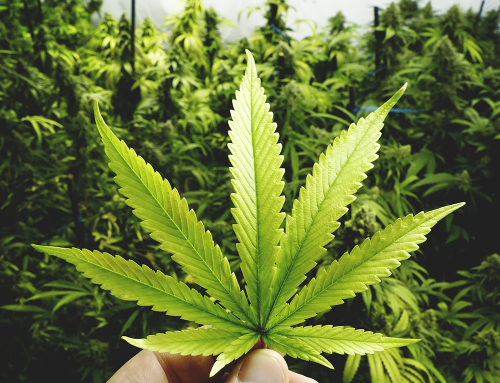The debate over cannabis growing mediums is not likely to end soon. With all the information available, it can be hard to make this decision whether you are starting up your own grow-op or are simply looking for the best cannabis product to consume.
Cannabis is a plant with a long history and is today experiencing a renaissance around the world unlike anything since humans first discovered they could consume it. With thousands of growers and billions of dollars competing to see who can produce the best quality cannabis harvests at industrial scale, the debate over growing methods has grown quite fierce.
For the plants, they know only one mode of existence throughout millions of years of evolution adapting to the elements and variable climate zones: a seed drops in soil, roots into the ground, and feeds itself from the microbes on its roots. The microbes themselves feed directly from the nutrients and minerals in the earth.
Like many other aspects of life, technology has enabled enterprising humans a way to achieve far more than they otherwise could in the original “state of nature”. Technology is essential to our survival and economic efficiency, but what is the ‘best’ way to cultivate cannabis?
What is Hydro?
Hydroponic cultivation is a method of growing plants using water and a nutrient solution, instead of soil, to feed the plants directly. There are several different hydroponic cultivation methods including ebb-and-flow watering, drip irrigation, and aeroponic misters. All hydroponic methods apply water and nutrient solution directly to the roots of the plant through a grow medium like rockwool, gravel, coco coir, sand, vermiculite, peat moss, perlite, hydroton, or some combination thereof. The grow medium replaces the need for soil and allows the water and nutrients to flow to the roots.
The first reference to growing plants without soil was in the 17th century, but interest in the art of hydroponics has exploded over the last forty years, to the point where most commercial cannabis is grown using hydroponic methods. The reasons are common, and generally distill down to two aspects: efficiency and control.
Hydroponic systems often recycle the water and nutrient solution that passes through the plants on a tray which then collects in a reservoir tank for treatment and reuse. Hydro systems require precise, controlled amounts of water-soluble nutrients, pH levels and water to maximize absorption by the plant; potentially reducing operating costs. Hydroponic cultivation also allows the cultivator to rapidly grow plants in a small (or large) space. The economic efficiency of hydro systems is why most of the cannabis industry choose it: it’s better for the bottom line.
What is Soil?
Soil is the classical medium for plants and affords more leeway for nutrient absorption as the nutrients accumulate in the soil. Soil also provides a buffer between the roots and the nutrients. Cannabis plants prefer rich soil with compost, worm castings, micronutrients, minerals and good drainage which is why many growers add perlite or expanded clay pellets to ensure optimal water drainage. Soil growing requires less precision and is not as technically complicated as hydro, yet still requires intimate knowledge of nutrient application, breakdown, timing, and extensive cultivation knowledge to achieve high-quality product and maximum yields.
Plants that absorb their nutrition from microbes and fungi in the soil are able to produce and exhibit the full spectrum of compounds in their leaves and flowers. For cannabis this includes terpenes and phenols which combine to form cannabinoids such as CBD (cannabidiol), CBN (cannabinol), CBG (cannabigerol), and THC-A (tetrahydrocannabinolic acid) which upon heating becomes the infamous THC (delta-9-tetrahydrocannabinol). The combination of terpenes and cannabinoids is what gives a cannabis strain its distinct smell, flavor, and effect. These cannabinoids and terpenes are also what produce the psychological and medical attributes for which cannabis is world-renowned.
What’s the Difference?
Hydroponic cannabis can be grown to produce beautiful colas and sensational aromas, but consumers of hydro cannabis often report that it provides the “feeling” but lacks flavor and the medicinal benefits can be limited. As Mr. Natural says, “It’s lyrics without music.” Like wine grapes, flavors and beneficial compounds (i.e. resveratrol) are produced from interaction with the fungi and microbes in the soil in addition to nutrients used during cultivation.
Grow operators can struggle with soil cultivation – it generally requires more care and attention to the plants and the medium in which they are cultivated – whereas a hydro cultivator is more of a technician monitoring a system of pipes, water channels, emitters and nutrient reservoirs with finely-tuned pH and TDS levels. Both methods have their value and applicability, but the consensus among growers as well as biologists is organic soil cultivation is the method suitable to producing the highest quality cannabis in terms of sensory experience as well as medicinal benefits for the consumer.
[TL;DR – Hydroponics can be the most efficient, but organic soil cultivation produces the highest quality medicinal cannabis.]






